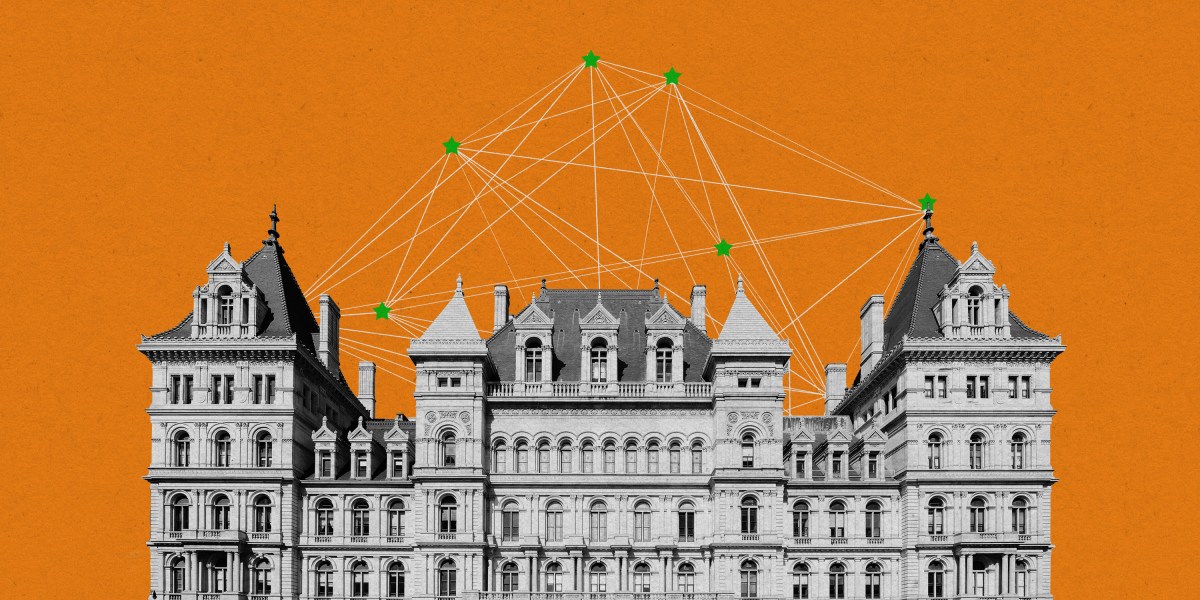The bill would cover only models that pass a certain threshold for how many computations their training required, typically measured in FLOPs (floating-point operations). In the bill, a covered model is one that requires more than 1026 FLOPs in its training and costs over $100 million. For reference, GPT-4 is estimated to have required 1025 FLOPs.
This approach may draw scrutiny from industry forces. “While we can’t comment specifically on legislation that isn’t public yet, we believe effective regulation should focus on specific applications rather than broad model categories,” says a spokesperson at Hugging Face, a company that opposed SB 1047.
Early days
The bill is in its nascent stages, so it’s subject to many edits in the future, and no opposition has yet formed. There may already be lessons to be learned from the battle over SB 1047, however. “There’s significant disagreement in the space, but I think debate around future legislation would benefit from more clarity around the severity, the likelihood, and the imminence of harms,” says Scott Kohler, a scholar at the Carnegie Endowment for International Peace, who tracked the development of SB 1047.
When asked about the idea of mandated safety plans for AI companies, assemblymember Edward Ra, a Republican who hasn’t yet seen a draft of the new bill yet, said: “I don’t have any general problem with the idea of doing that. We expect businesses to be good corporate citizens, but sometimes you do have to put some of that into writing.”
Ra and Bores co chair the New York Future Caucus, which aims to bring together lawmakers 45 and under to tackle pressing issues that affect future generations.
Scott Wiener, a California state senator who sponsored SB 1047, is happy to see that his initial bill, even though it failed, is inspiring further legislation and discourse. “The bill triggered a conversation about whether we should just trust the AI labs to make good decisions, which some will, but we know from past experience, some won’t make good decisions, and that’s why a level of basic regulation for incredibly powerful technology is important,” he says.
He has his own plans to reignite the fight: “We’re not done in California. There will be continued work in California, including for next year. I’m optimistic that California is gonna be able to get some good things done.”
And some believe the RAISE Act will highlight a notable contradiction: Many of the industry’s players insist that they want regulation, but when any regulation is proposed, they fight against it. “SB 1047 became a referendum on whether AI should be regulated at all,” says Brennan. “There are a lot of things we saw with 1047 that we can expect to see replay in New York if this bill is introduced. We should be prepared to see a massive lobbying reaction that industry is going to bring to even the lightest-touch regulation.”

